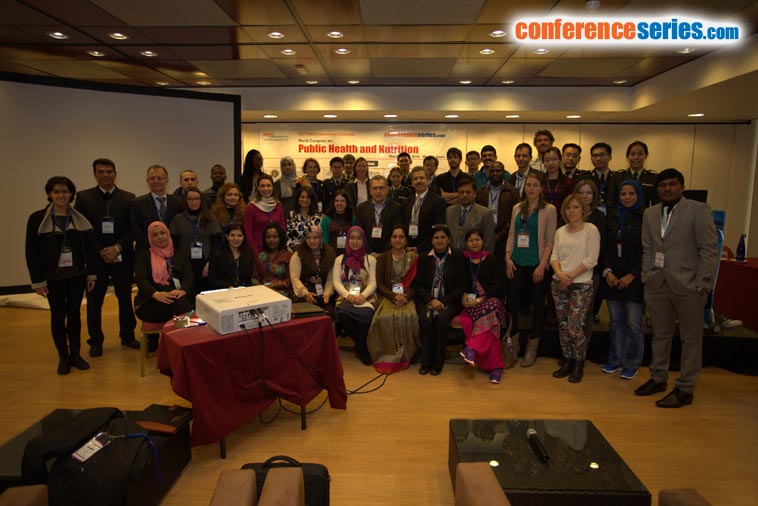
Hassan Rashid Ali
The State University of Zanzibar, Tanzania
Title: Toxicological studies of herbicide Diuron and its effects on fatty acid profile of Asian Sea-bass, Lates Calcarifer
Biography
Biography: Hassan Rashid Ali
Abstract
Diuron, [N-(3,4-dichlorophenyl)-N,N-dimethyl-urea] is a photosystem II (PSII) herbicide derived from urea. It is considered a priority hazardous substance by the European Commission. It is widely used as one among the antifouling paints to the boats and ships to replace Tributyltin (TBT). The antifouling paints are considered as one among the threats facing coastal resources including coral reefs in recent decades. In our previous study we measured concentration of Diuron up to 285 ng/L in coastal water of Johor Port, Malaysia. This study examined the effect of Diuron on fatty acids composition of Lates Calcarifer. The 96 h-LC50’s of Diuron for acute exposure was determined and found to be 1.627±0.181 mg/L. Then sub-lethal exposure (21 days) was done for Lates Calcarifer. The results showed that, non treated samples (fresh and control) were not significant different (P>0.05) and dominated by Polyunsaturated Fatty Acids (PUFA) followed by Saturated Fatty Acids (SAFA) and then Monounsaturated Fatty Acids (MUFA). The trends for treated samples (50, 30 and 10% of LC50 values) were significant different (P<0.05), with species suffered more as the dose of Diuron increased. The findings of this study demonstrate that Diuron is toxic and may affect the fatty acids composition of Lates Calcarifer even if exposed at the low levels which are normally considered safe to marine species.
Speaker Presentations
Speaker PPTs Click Here

